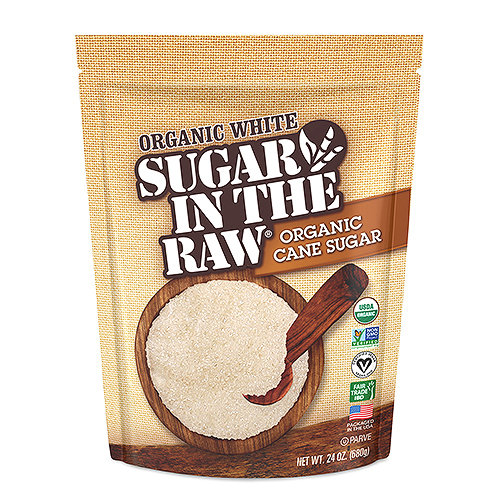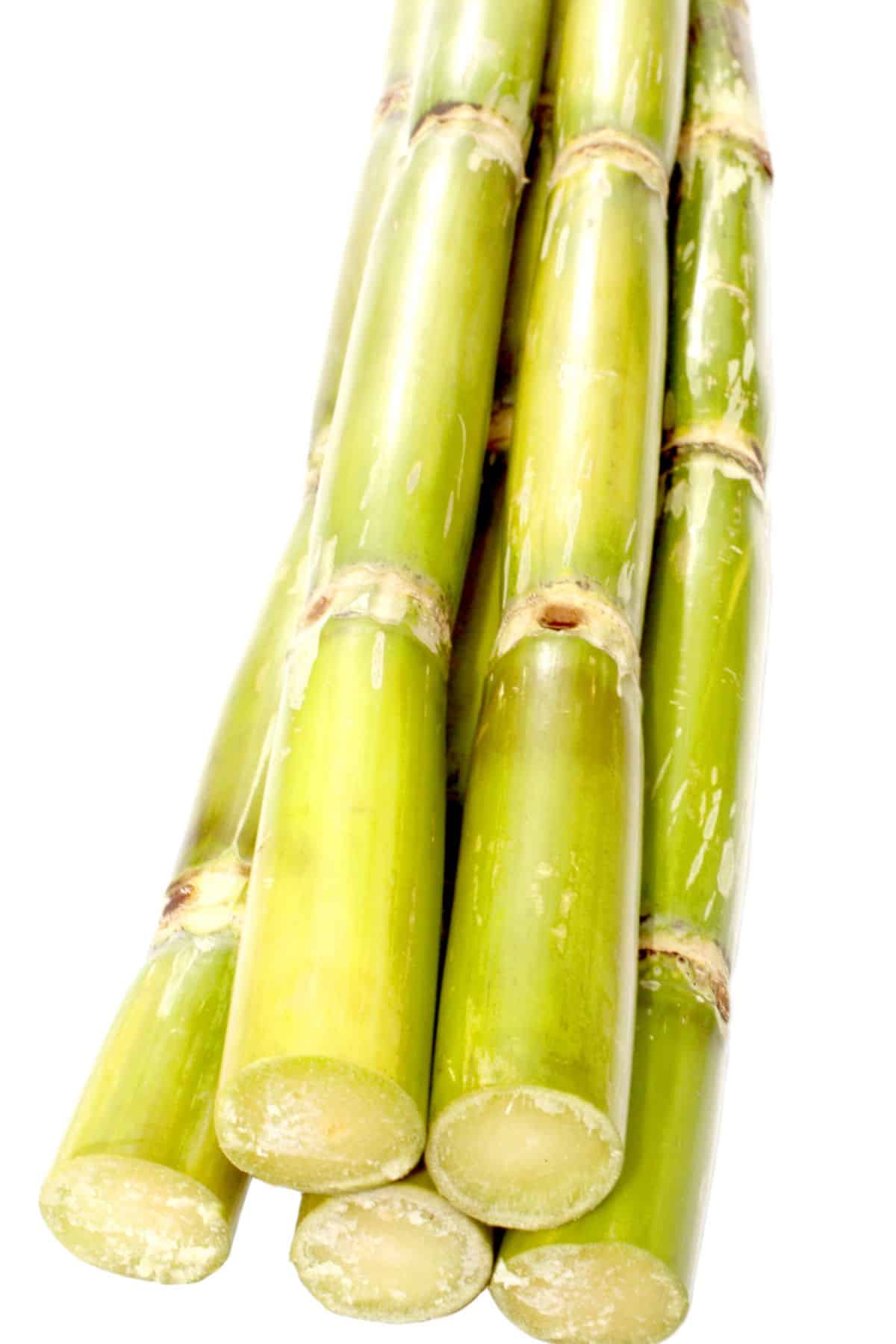Cane Sugar Processing: Cutting-edge Techniques for Quality Production
Cane Sugar Processing: Cutting-edge Techniques for Quality Production
Blog Article
A Comprehensive Guide to the Environmental Impact and Sustainability Practices in Cane Sugar Processing
The environmental effect of walking stick sugar processing provides a complicated selection of obstacles that warrant mindful evaluation. From soil deterioration and excessive water usage to the carbon footprint connected with cultivation and production, the consequences of typical techniques are far-ranging. In comparison, the fostering of ingenious sustainability procedures provides a pathway toward extra liable manufacturing techniques. Comprehending the interplay between these concerns is crucial for stakeholders in the industry. What details techniques can be applied to strike an equilibrium between efficiency and environmental stewardship? The answers depend on a closer consider both the challenges and possible remedies.
Introduction of Walking Stick Sugar Handling
Walking stick sugar processing includes a series of methodical steps that change sugarcane into polished sugar. Initially, collected sugarcane is moved to refining facilities, where it undertakes cleaning to get rid of soil and particles. Following this, the cane is crushed to remove juice, which is then cleared up by getting rid of pollutants via heating and the addition of lime.
The cleared up juice undertakes evaporation, where water is eliminated to focus the sugar web content. These crystals are divided from the remaining syrup using centrifugation, resulting in raw sugar.
The end product is after that dried out and packaged for circulation. Throughout this entire process, preserving performance and top quality control is vital to make certain the sugar meets market requirements. Each step in walking cane sugar handling not just adds to the end product however likewise has ramifications for resource usage and waste generation, establishing the stage for discussions on sustainability and ecological impacts connected with sugar manufacturing.
Environmental Difficulties of Production
The production of cane sugar provides several significant ecological challenges that warrant focus. One key problem is the extensive usage of agrochemicals, consisting of chemicals and plant foods, which can result in soil destruction, biodiversity loss, and contamination of neighborhood water sources. The overflow from sugarcane fields commonly brings these chemicals into nearby environments, interfering with marine life and impacting the health and wellness of communities reliant on these water bodies.
An additional obstacle is the high energy consumption related to sugarcane handling. The boiling and refining phases require substantial warmth, mainly generated by shedding fossil fuels, adding to greenhouse gas exhausts. Additionally, the large land area required for sugarcane growing can result in deforestation and habitat devastation, additional exacerbating environment change and harmful wild animals.
In addition, the labor methods in some areas increase moral issues, as employees may encounter poor working problems and poor salaries. This scenario commonly perpetuates a cycle of hardship in neighborhood neighborhoods. Cane Sugar Processing. Resolving these environmental obstacles is crucial for establishing more sustainable practices in cane sugar production, ultimately profiting both the environment and the neighborhoods associated with this industry
Water and Land Usage Influence
Water resources and land usage are critical elements in the walking cane sugar industry that dramatically impact the environment. The growing of sugarcane calls for significant water input, with estimates suggesting that it can consume as much as 2,000 litres of water per kilo of sugar generated. This intensive use of water commonly brings about depletion of local water resources, impacting not only the sugarcane ranches however likewise bordering ecosystems and communities that depend on the exact same water sources for agriculture and domestic use.

Moreover, land use for sugarcane growing can lead to deforestation and the conversion of natural environments right into monoculture haciendas. This method lessens biodiversity, interrupts neighborhood ecosystems, and adds to dirt degradation. The growth of sugarcane areas often intrudes on valuable farming land, producing competitors for sources in between food and biofuel production.
Sustainable methods, such as maximizing irrigation techniques and carrying out crop rotation, are necessary to alleviate these influences. By taking on much more reliable water use and land management methods, the walking cane sugar sector can reduce its ecological footprint, making sure an equilibrium in between farming performance and ecological conservation.
Greenhouse Gas Emissions
Greenhouse gas emissions stand for a substantial ecological worry within the walking cane sugar processing industry, particularly as agricultural practices expand to fulfill worldwide demand. The farming of sugarcane, a plant that grows in tropical climates, relies greatly on artificial fertilizers and pesticides, which contribute to laughing gas exhausts. In addition, land-use modifications, including logging for new sugarcane haciendas, launch co2 saved in greenery and dirt.
During processing, energy consumption is one more significant resource of greenhouse gas emissions - Cane Sugar Processing. Several sugar mills make use of nonrenewable fuel sources to power equipment and create warmth, causing substantial carbon impacts. Furthermore, the transportation of raw sugarcane and finished items includes layers of exhausts via gas burning in vehicles
The collective result of these exhausts worsens climate change, presenting dangers not only to the environment yet additionally to the long-lasting practicality of the industry. Stakeholders must identify the urgent need for comprehensive strategies that resolve these exhausts. This includes evaluating existing agricultural practices, refining techniques, and transportation systems to recognize directory areas for renovation and mitigation. Addressing greenhouse gas exhausts is essential for cultivating a more lasting walking stick sugar sector in an altering climate.

Sustainable Practices and Innovations
Sustainable practices and advancements are significantly important in the walking cane sugar processing market as stakeholders look for to decrease environmental influences while maintaining performance. One significant improvement is the execution of integrated crop administration, which maximizes source usage by combining soil administration, parasite control, and crop rotation techniques. This technique boosts return while minimizing chemical inputs and preserving soil health and wellness.
Additionally, the fostering of renewable power resources, such as biomass from sugarcane deposits, has actually obtained grip - Cane Sugar Processing. By transforming website link waste items right into power, processing facilities can reduce their dependence on fossil fuels, thus reducing greenhouse gas discharges
Water administration techniques have likewise seen enhancements with the recycling and reusing of water in processing plants, substantially minimizing freshwater usage. Advancements in innovation, such as precision agriculture, enable farmers to keep track of crop health and resource use extra properly, making certain lasting cultivation practices.
In addition, qualification programs like Fair Profession and Rainforest Alliance urge ecologically responsible farming practices and advertise social equity within the supply chain. By accepting these sustainable techniques and advancements, the cane sugar handling market can enhance its strength and contribute favorably to ecological stewardship.
Final Thought
The ecological impact of cane sugar handling provides significant difficulties, including dirt degradation, high water intake, and greenhouse gas emissions, along with honest problems associated with labor techniques. Dealing with these concerns with lasting practices, such as incorporated crop administration, renewable resource fostering, and water recycling, is crucial. By promoting socially fair and ecologically liable methods in sugar production, the sector can mitigate its negative results, ensuring a much more lasting future for both communities and communities associated with this sector.
Cane sugar processing entails a collection of systematic steps that transform sugarcane into refined sugar. Each step in walking cane sugar handling not just contributes to the final product but likewise has ramifications for source usage and waste generation, establishing the phase for conversations on sustainability and ecological impacts associated with sugar production.
Greenhouse gas discharges represent a considerable ecological worry within the walking stick sugar processing industry, particularly as agricultural practices expand to satisfy international need.Lasting methods and advancements are significantly essential in the walking cane sugar handling market as stakeholders seek look here to decrease environmental impacts while maintaining efficiency.The environmental effect of walking stick sugar handling offers substantial obstacles, consisting of dirt destruction, high water usage, and greenhouse gas emissions, along with honest issues related to labor methods.
Report this page